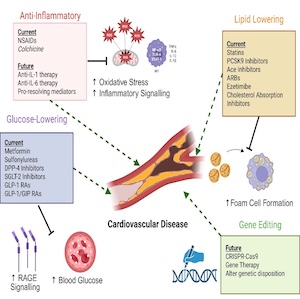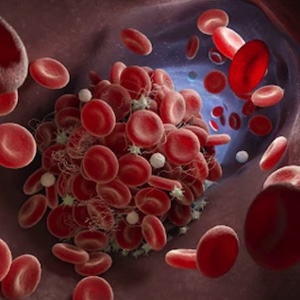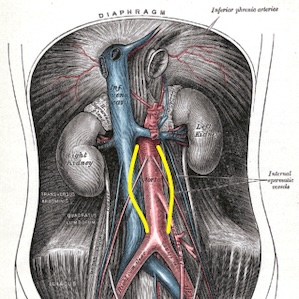Artificial intelligence and machine learning in hemostasis and thrombosis

All claims expressed in this article are solely those of the authors and do not necessarily represent those of their affiliated organizations, or those of the publisher, the editors and the reviewers. Any product that may be evaluated in this article or claim that may be made by its manufacturer is not guaranteed or endorsed by the publisher.
Authors
Artificial intelligence (AI) is rapidly becoming more important in our daily lives, and it’s beginning to be used in life sciences and in healthcare. AI and machine learning (ML) models are just starting to be applied in the field of hemostasis and thrombosis, but there are already many examples of how they can be useful in basic research/pathophysiology, laboratory diagnostics, and clinical settings. This review wants to shortly explain how AI works, what have been its uses in hemostasis and thrombosis so far and what are possible future developments. Besides the great potential advantages of a correct application of AI to the field of hemostasis and thrombosis, possible risks of inaccurate or deliberately mischievous use of it must be carefully considered. A close monitoring of AI employment in healthcare and research will have to be applied over the next years, but it is expected that the appropriate employment of this new revolutionary technology will bring great advances to the medical field, including to the hemostasis and thrombosis area. The current review, addressed to non-experts in the field, aims to go through the applications of AI in the field of hemostasis and thrombosis that have been explored so far and to examine its advantages, drawbacks and future perspectives.
How to Cite

This work is licensed under a Creative Commons Attribution-NonCommercial 4.0 International License.
PAGEPress has chosen to apply the Creative Commons Attribution NonCommercial 4.0 International License (CC BY-NC 4.0) to all manuscripts to be published.













